28 Stunning Secrets Behind Food Labels You Didn’t Know About

Food labels are packed with information, some of which can be misleading or confusing. This guide will uncover 28 surprising secrets about what these labels really mean, helping you make more informed choices about your food.
1. Natural Doesn’t Mean Anything
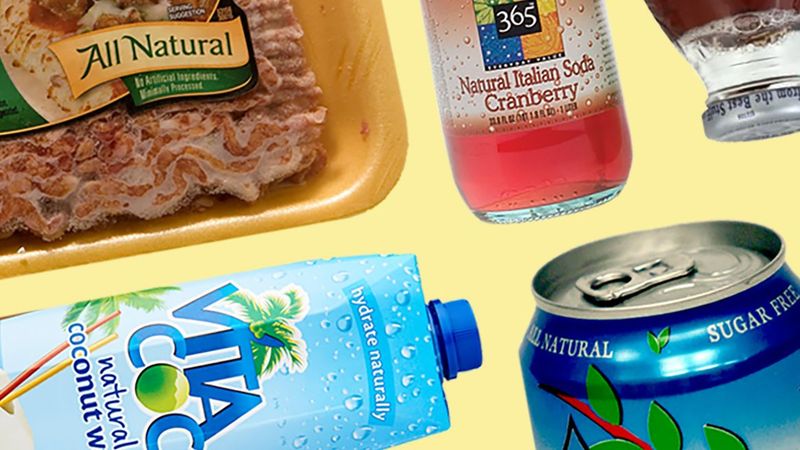
In the world of food marketing, the word ‘natural’ can be quite deceiving. There is no strict regulation defining what ‘natural’ means in the context of processed foods. This label does not guarantee that a product is organic, healthy, or even free from additives. Many consumers believe natural equates to better, but this is not always the case. The lack of a clear definition allows manufacturers to use the term as a marketing tool rather than a factual claim. Always look beyond the label and read the ingredients to make an informed decision.
2. Unrealistically Small Serving Sizes
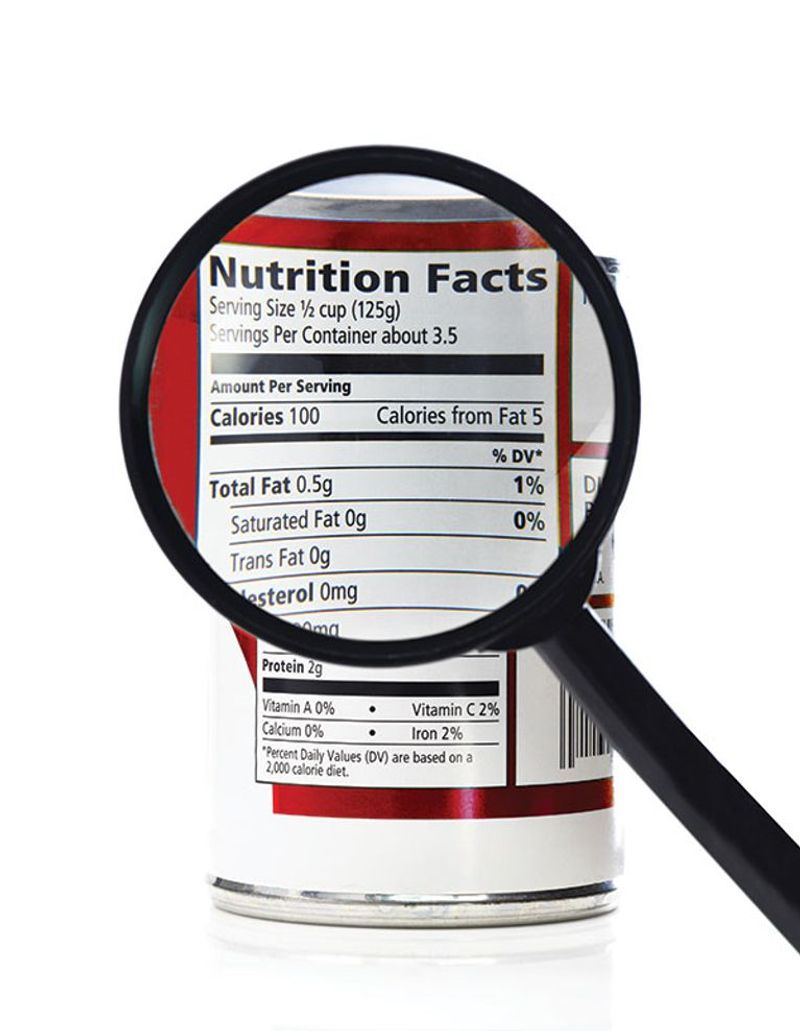
Serving sizes on food labels are often shrink-wrapped to make calorie and sugar content appear lower. Manufacturers set these sizes to fit their nutritional narratives, not necessarily to reflect realistic eating habits. By doing this, they can present a rosier picture of their product’s healthiness. It’s crucial to check not just the calories per serving but also the total number of servings per package. This small print can make a massive difference in what you think you’re consuming. Awareness of this tactic can help you better manage your diet.
3. Sugar-Free Equals Sweetened

The term ‘sugar-free’ can be misleading, as such products often contain artificial sweeteners like sucralose, aspartame, or sugar alcohols. While they might not have traditional sugars, these substitutes can still affect your health, sometimes causing digestive issues or other side effects. The absence of sugar does not necessarily mean a product is healthier. Carefully scrutinize ingredient lists to understand what you’re eating. Many consumers seeking to reduce sugar may unknowingly ingest other sweeteners, believing they are making a healthier choice.
4. Whole Grains Sneak Peek
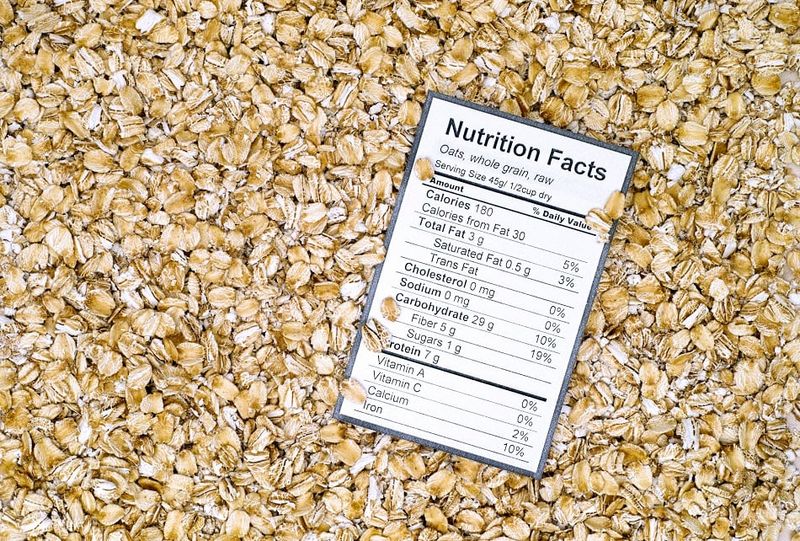
Products claiming to be ‘made with whole grains’ often contain only a small amount of them. These real grains might be buried beneath layers of refined ones. Just a sprinkle of whole grains allows manufacturers to make this enticing claim. For better nutritional value, look for products labeled as ‘100% whole grain.’ This ensures you are consuming the full nutritional benefits of grain. Don’t be swayed by clever marketing; delve into the ingredients list to verify whole grain content and make a more informed choice.
5. Natural Sugar Bombs
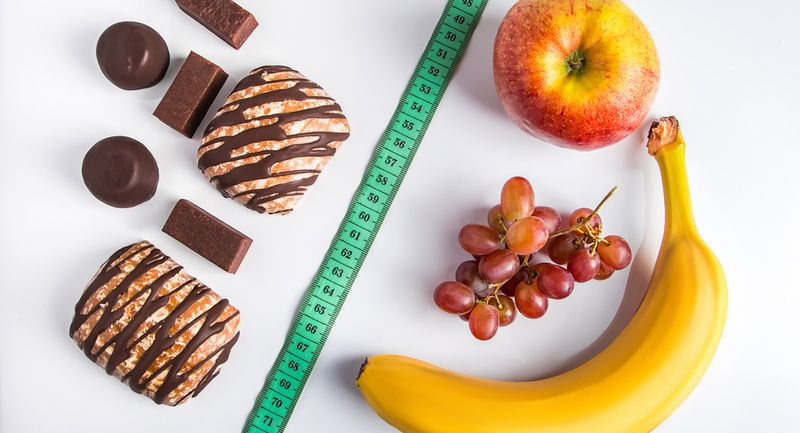
‘No added sugar’ labels can be deceitfully comforting. Products with this label may still be high in natural sugars, thanks to ingredients like fruit juice concentrate or date paste. These natural sugar sources can quickly spike your daily sugar intake without you realizing it. While they may seem healthier, they can be just as calorie-dense as their sugary counterparts. It’s essential to read beyond marketing claims and understand what natural sugars are present. This knowledge can help you better manage your sugar consumption and health.
6. Ingredients by Weight
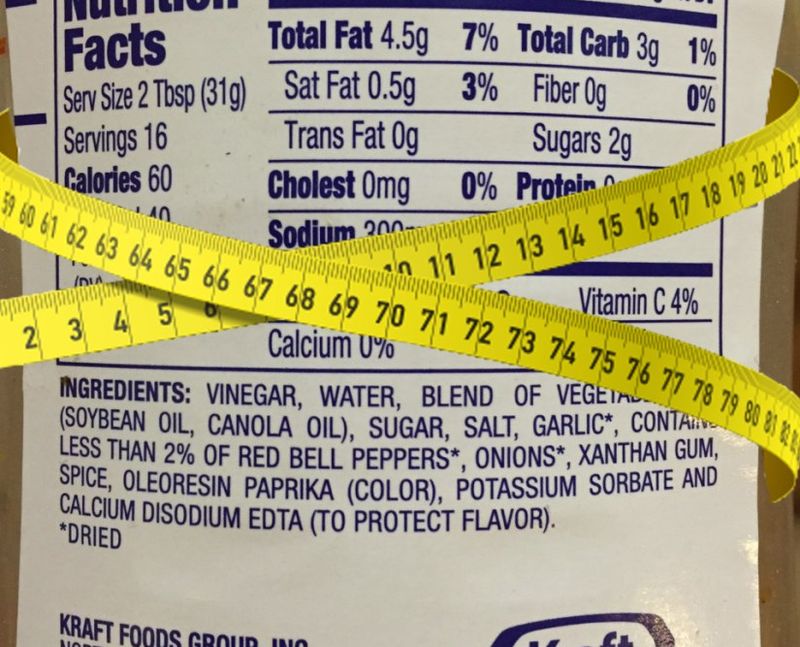
The order of ingredients on food labels is more telling than many realize. Ingredients are listed by weight, with the largest quantity appearing first. This means the first few ingredients dominate the product. If you’re health-conscious, seeing sugar or enriched flour near the top of the list should raise a red flag. Knowing this hierarchy can help you gauge how healthy or unhealthy a product might be. This insight empowers you to make choices that align with your nutritional goals by understanding what you’re really consuming.
7. Fat-Free Can Be Sugar-Loaded
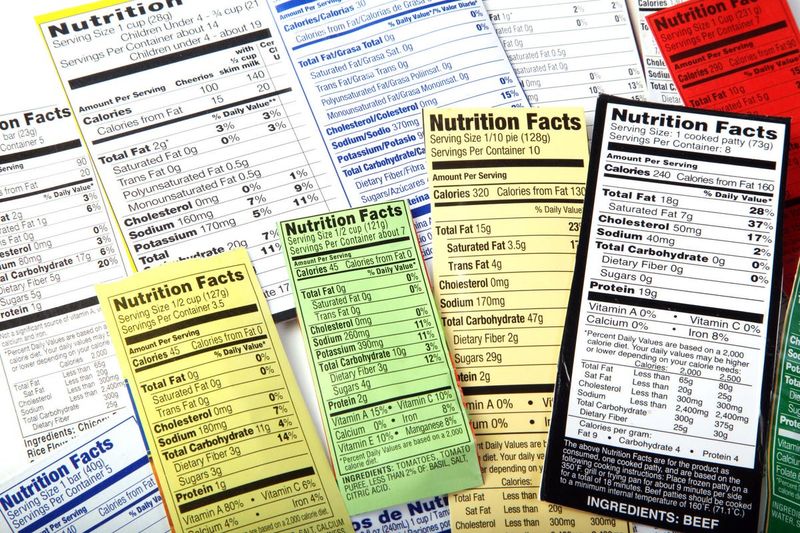
The ‘fat-free’ label can be misleading, often masking a high sugar content. To compensate for the missing flavor that fat provides, food companies frequently add sugar, starches, or salt. This tactic ensures the product remains tasty, but it might not be the healthier choice consumers expect. By focusing solely on the absence of fat, you may overlook the added sugars. It’s important to scrutinize both the fat and sugar content to get an accurate picture of what you’re consuming. This awareness can guide healthier eating choices.
8. Multigrain Isn’t Whole Grain
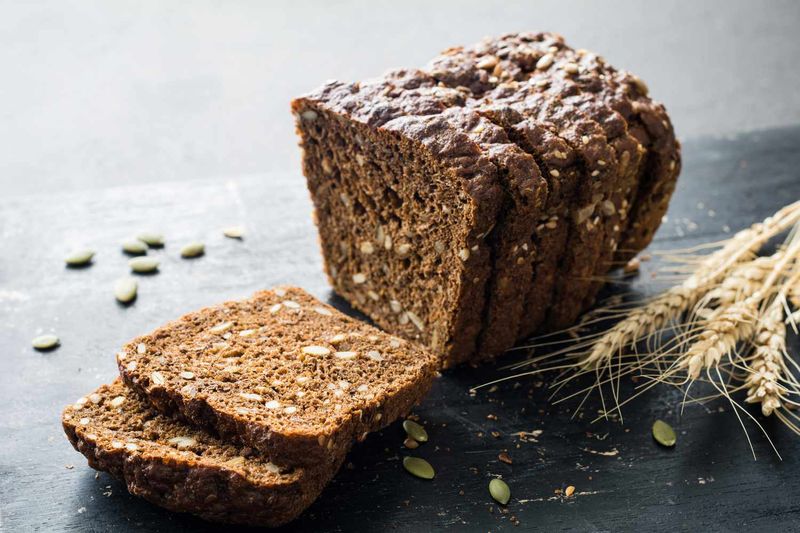
The term ‘multigrain’ can be misleading, as it simply means a product contains more than one type of grain. However, these grains are not necessarily whole or unprocessed. This label can give a false sense of nutritional superiority. Whole grains, on the other hand, retain more nutrients and fiber, contributing to better health. When shopping, look for ‘whole grain’ to ensure you’re getting the benefits of unrefined grains. This understanding helps you distinguish between cleverly marketed products and those that genuinely offer nutritional value.
9. Light Products Might Be Diluted
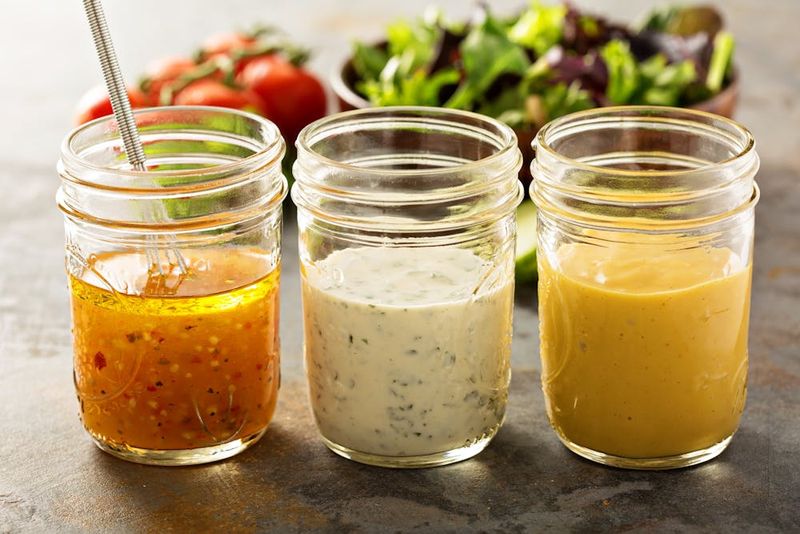
When a product is labeled ‘light,’ it might simply be a diluted version of its original form. This is especially common in salad dressings or juices, where ‘light’ can mean fewer calories due to water addition rather than healthier ingredients. While it may seem like a calorie-conscious choice, the nutritional quality might suffer. Checking the label carefully will reveal how the product achieves its ‘light’ status. Understanding this distinction can help you make better dietary choices without falling into the marketing trap of misleading labels.
10. Real Fruit or Just Flavor?
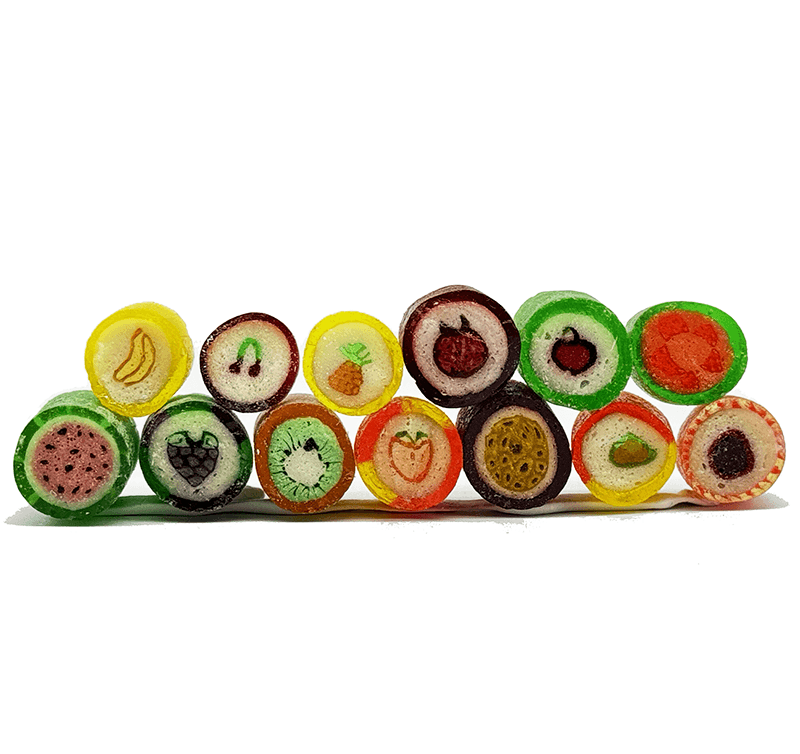
A product boasting it’s ‘made with real fruit’ may only contain a splash of apple juice concentrate or similar. This doesn’t guarantee a snack packed with vitamins and nutrients. Instead, it’s often more about flavor than nutritional value. The fine print on the ingredients list will provide the truth. By understanding these claims, you can avoid being misled by appearances and prioritize truly nutritious options. This knowledge helps you make informed choices when selecting snacks, particularly those that seem healthy but may not be.
11. Gluten-Free Not Always Healthier
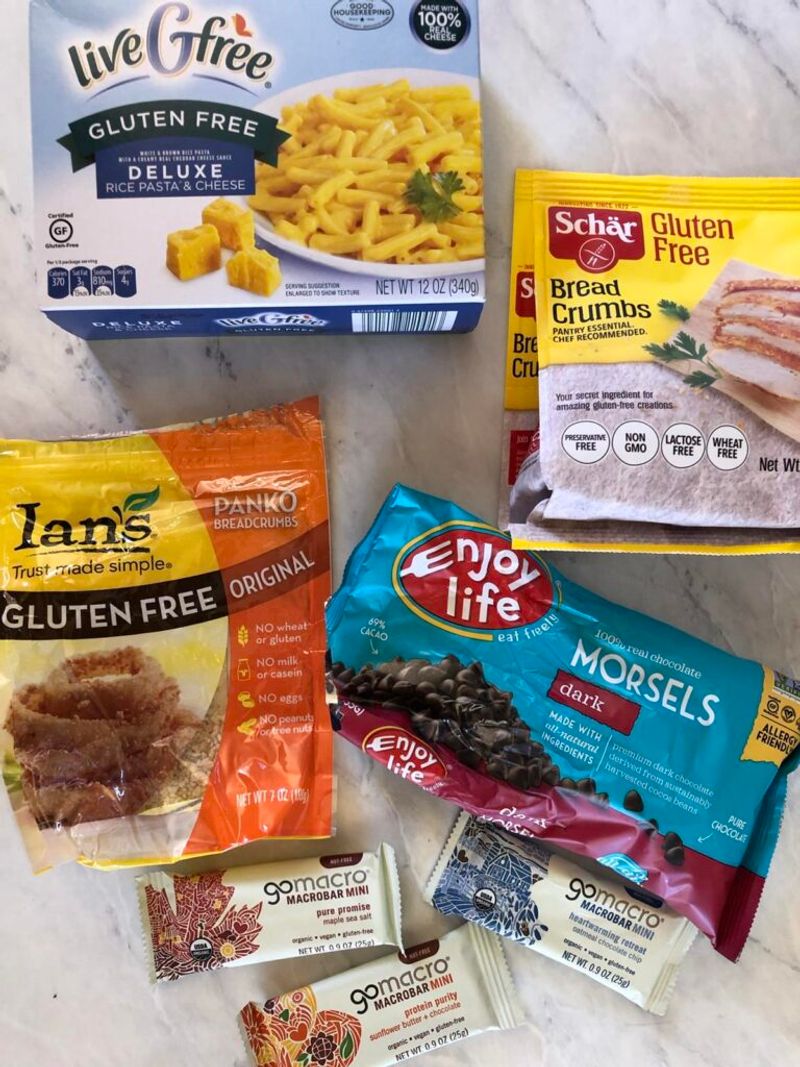
The ‘gluten-free’ label is often perceived as a symbol of health, but it’s not always the case. Many gluten-free products are ultra-processed and loaded with sugar or starches to improve taste and texture. This can make them just as calorie-dense and unhealthy as their gluten-containing counterparts. It’s crucial to read beyond the gluten-free claim and examine the nutritional facts. This vigilance ensures that you’re truly making healthier choices rather than simply avoiding gluten. Be aware that gluten-free doesn’t automatically equate to better health.
12. Low Sodium Can Still Be Salty
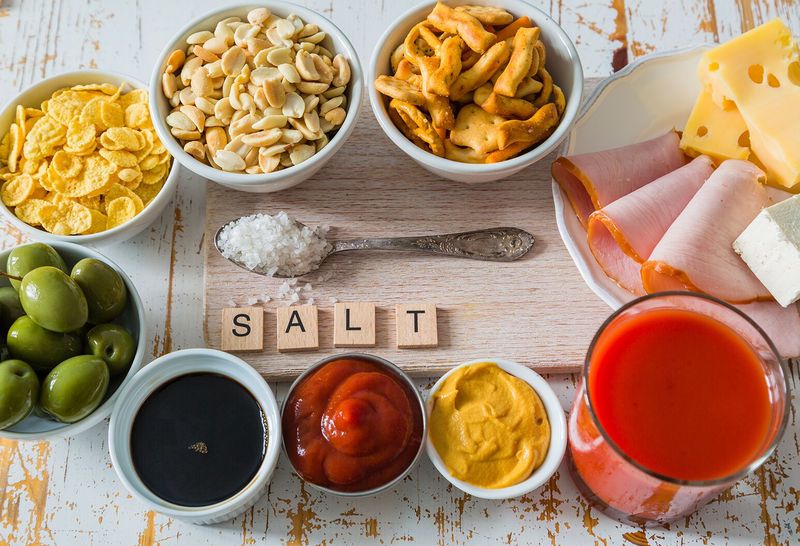
‘Low sodium’ labels can be misleading, as they require only a maximum of 140 mg per serving. However, with tiny serving sizes, the salt content can add up quickly if you’re not careful. This can lead to consuming more sodium than intended, particularly if you eat multiple servings. Understanding this can help you better manage your salt intake and make more informed dietary choices. Always check the actual amount of sodium relative to the serving size to ensure that you’re not inadvertently consuming too much salt.
13. Cholesterol-Free Misconceptions
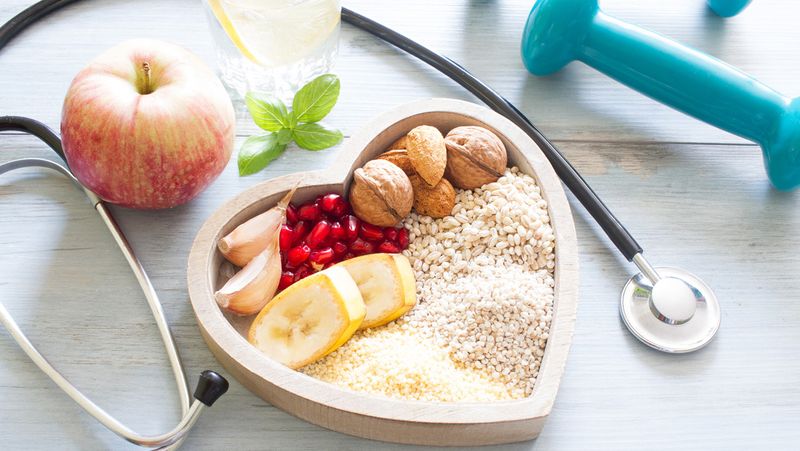
Labels that claim ‘cholesterol-free’ can be misleading, as they often apply to high-fat plant oils that naturally contain no cholesterol but are still calorie-dense. This can lead consumers to believe these products are healthier than they truly are. It’s essential to differentiate between cholesterol and fat content when assessing nutritional value. By understanding what ‘cholesterol-free’ really means, you can make better-informed choices about the fats you consume. This insight helps you balance your diet by recognizing that not all cholesterol-free products are low in fat.
14. Calorie Counts Can Vary

Did you know that calorie counts on food labels can be legally off by up to 20%? This means a product labeled as ‘100 calories’ could actually contain 120. This margin of error is allowed by the FDA, which can make managing your calorie intake more challenging. Being aware of this variability can help you better assess your dietary needs and consumption. Always keep in mind that the numbers on the label may not be as precise as they seem, allowing for a more realistic approach to calorie counting and health management.
15. Cage-Free Isn’t Free-Range

The ‘cage-free’ label can be misleading if you assume it means chickens are roaming freely outdoors. While these hens aren’t confined to cages, they may still live in cramped indoor spaces with little or no access to natural light. This can affect their well-being and the quality of the eggs they produce. Understanding this distinction helps consumers make more informed decisions about the animal welfare standards they support. If free-range is a priority, look for labels that specifically indicate outdoor access.
16. Organic Junk Food
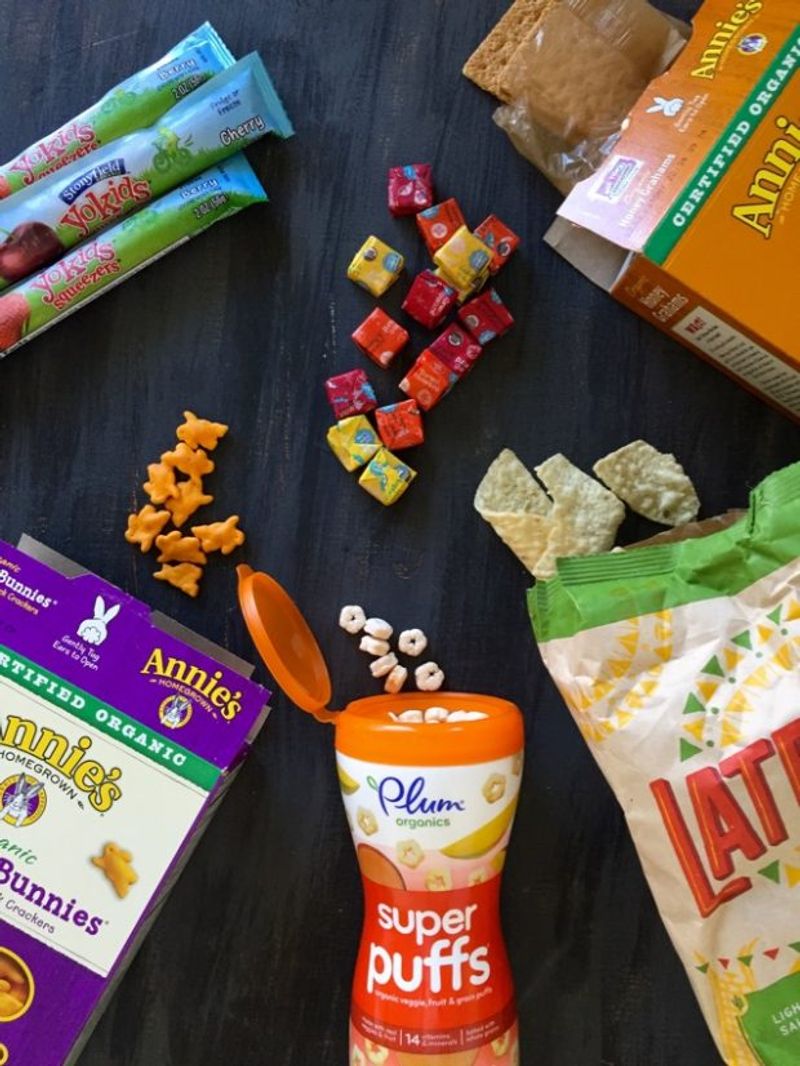
Even organic packaged foods can be unhealthy if they contain high amounts of sugar, refined flours, and unhealthy fats. The ‘organic’ label follows certain rules but doesn’t guarantee a product is free from junk ingredients. This can lead consumers to overestimate the health benefits of organic snacks. It’s important to scrutinize ingredient lists and nutritional facts just as thoroughly as you would for non-organic products. Being informed allows you to enjoy organic foods without falling into the trap of assuming they are always the healthier choice.
17. Misleading Hormone-Free Claims
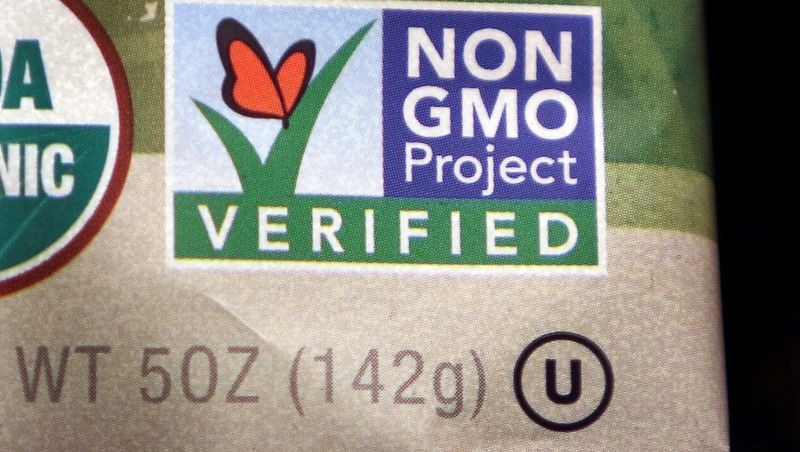
The ‘no hormones added’ label on chicken is technically true but unnecessary, as hormones are already banned in poultry production. This label exploits a lack of consumer knowledge to imply a superior product. Understanding this can help you avoid being swayed by seemingly impressive claims that don’t offer any real benefit. This insight ensures your purchasing decisions are based on factual information rather than misleading marketing. Always look deeper into what labels truly mean to make informed and rational choices in the meat aisle.
18. Artificial Colors in Disguise
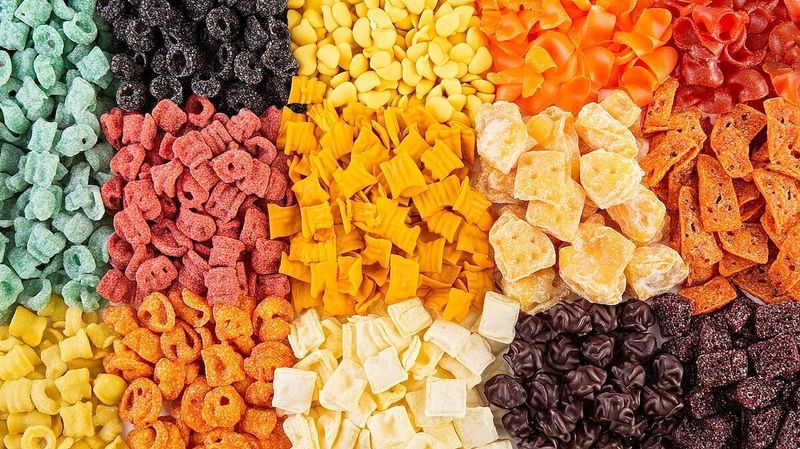
Artificial colors can lurk in seemingly innocent foods, even those marketed as healthy. Ingredients like Red 40 or Yellow 5 may be hidden under vague terms like ‘color added.’ This can be misleading for health-conscious shoppers looking to avoid synthetic dyes. Understanding how these colors are concealed allows you to make informed choices about what you consume. Always check ingredient lists thoroughly if avoiding artificial colors is a priority for you. Awareness of these practices can guide you towards genuinely healthy products.
19. Zero Trans Fats Can Be Deceptive
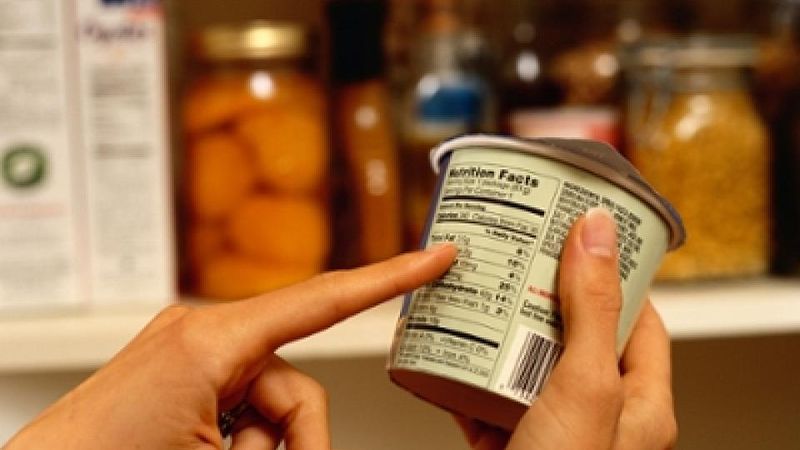
Foods labeled as ‘zero trans fats’ can still contain small amounts of trans fats. Legally, if a serving contains less than 0.5 grams, it can claim zero. Eating multiple servings can lead to significant intake, contrary to consumer expectations. This loophole highlights the importance of examining ingredient lists for hydrogenated oils, the primary source of trans fats. Recognizing this allows you to align your dietary habits with health goals, avoiding trans fats that can negatively impact heart health.
20. Enriched Means Stripped
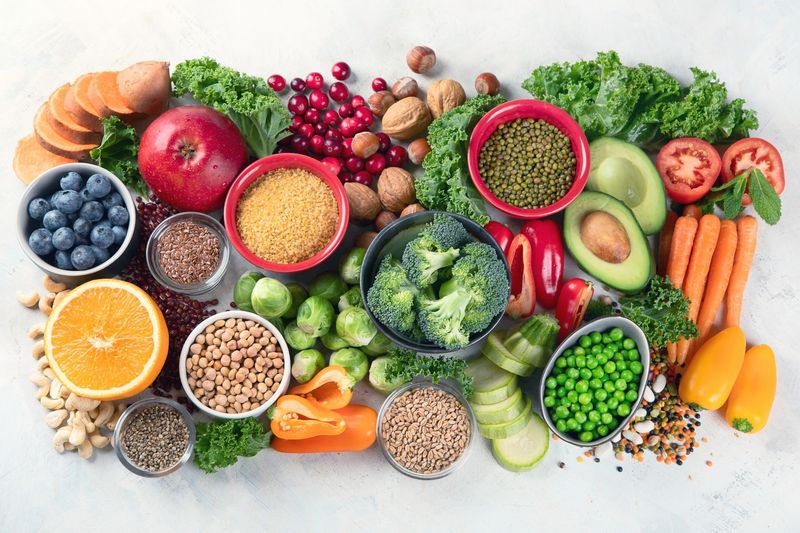
‘Enriched’ might sound beneficial, but it often means nutrients were stripped during processing and then synthetically replaced. This is common in refined grains, where natural nutrients are lost. Manufacturers then add synthetic vitamins to fill the gap. While enriched products can be better than those without added nutrients, they still may lack the comprehensive benefits of whole, unprocessed foods. Understanding this can guide you to choose genuinely nutritious options over those that merely appear so. Always prioritize whole grains for a healthier diet.
21. High Protein Isn’t Always Quality
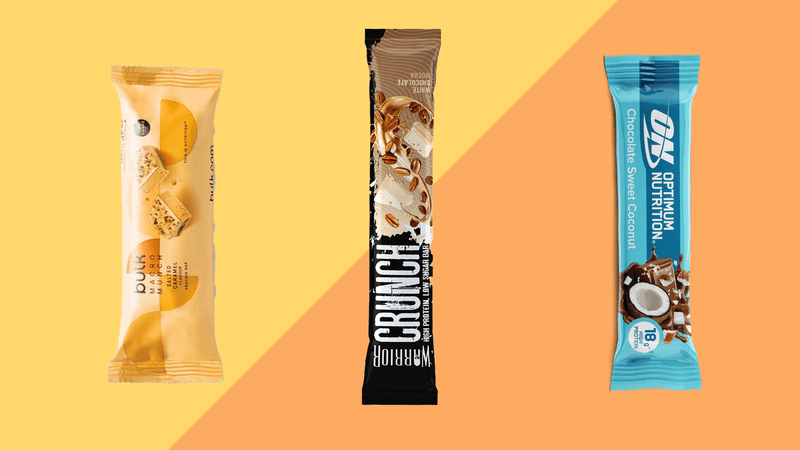
Products boasting ‘high in protein’ may not provide the quality protein your body needs. Some bars and shakes use cheap fillers, which aren’t as easily absorbed or beneficial as real food sources. While they satisfy a protein quota, they might not support your health goals. Scrutinizing protein types and sources helps you make informed choices about what’s truly beneficial. Opt for products with recognizable, whole food protein sources to ensure you’re getting the best nutritional value possible for your active lifestyle.
22. Fortified Isn’t Always Nutritious
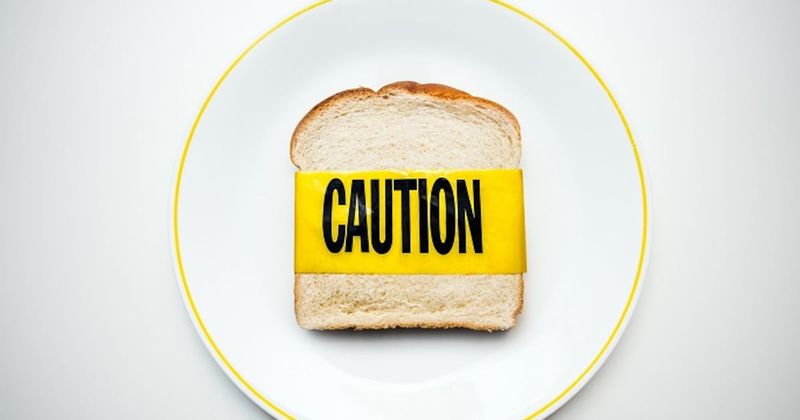
The term ‘fortified’ can give a false sense of nutritional adequacy, often seen on sugary cereals and drinks. These products are fortified with vitamins to appear healthier than they are. However, adding vitamins to sugar-laden foods doesn’t necessarily make them healthy. This can mislead consumers into overlooking other unhealthy ingredients. Understanding what fortified means allows you to see beyond the marketing ploys and focus on nutritional facts. Prioritizing low-sugar, whole foods ensures better health outcomes without being swayed by fortified claims.
23. Non-GMO Isn’t Organic
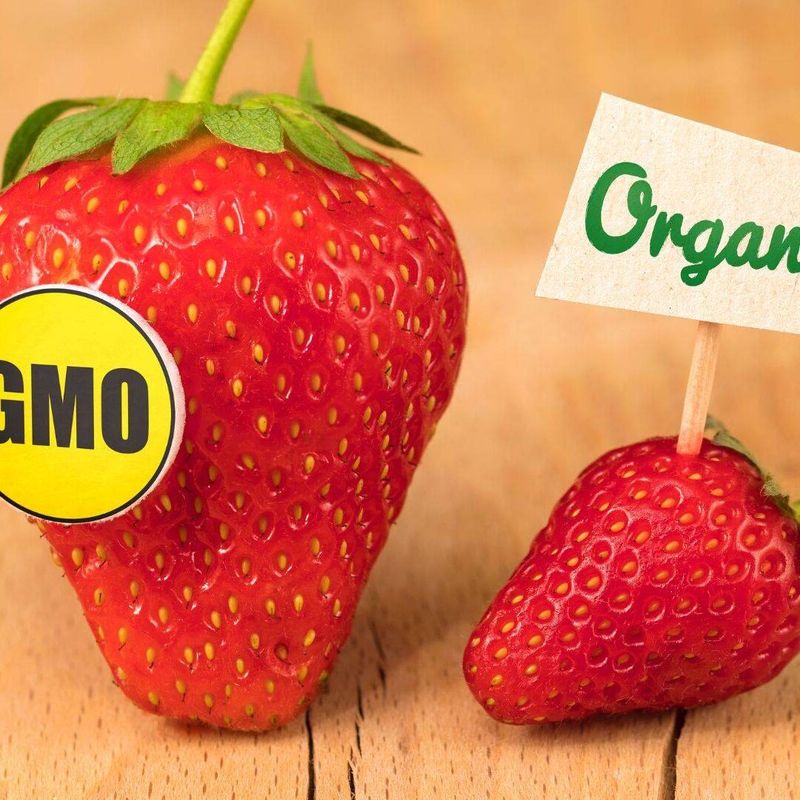
Non-GMO labels might suggest a product is organic, but this isn’t the case. GMO-free foods can still be conventionally grown and sprayed with synthetic pesticides. This misconception can lead consumers to overlook the benefits of organic farming practices. Understanding the distinction helps you make informed choices about what kind of agricultural practices you want to support. Always look for both non-GMO and organic labels if you wish to avoid conventional farming methods and prioritize natural growing techniques.
24. Tiny Omega-3 Claims

Products claiming to ‘contain omega-3’ might only have a minuscule amount, enough to legally list it but not enough for significant health benefits. This can mislead consumers into thinking they’re getting a beneficial amount when they aren’t. Understanding the source and quantity of omega-3s in a product helps you determine its real value. Prioritizing foods naturally high in omega-3s ensures you’re getting the full benefits these essential fats offer. This knowledge aids in making more informed dietary choices that support overall health.
25. BPA-Free Alternatives
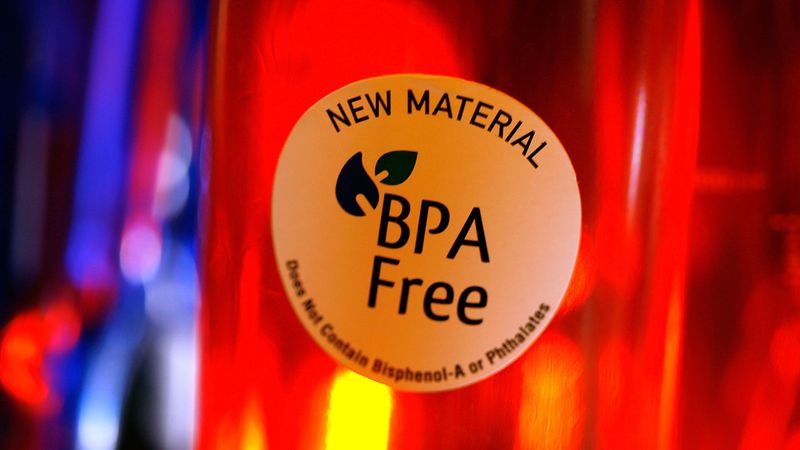
BPA-free labels can offer a false sense of security, as manufacturers might replace BPA with other chemicals that have not been thoroughly studied. These alternatives might not be safer for health, despite the absence of BPA. Understanding this complexity allows you to approach BPA-free products with a critical eye. This awareness ensures you make informed choices about packaging safety, focusing on comprehensive research rather than marketing claims. Always question what replaces BPA to ensure the safety of your food packaging.
26. Best By Dates Explained
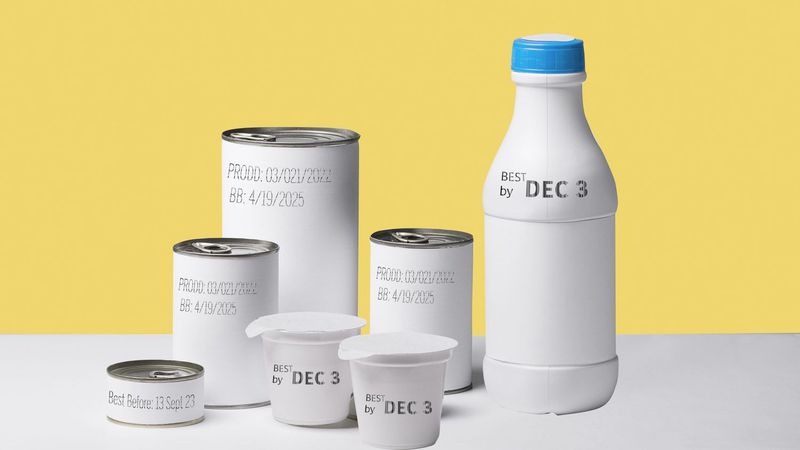
‘Best by’ dates are often misunderstood as indicators of safety, but they usually pertain to quality. Many shelf-stable products remain safe to consume well beyond these dates. This common misconception can lead to unnecessary food waste. Awareness of the difference between quality and safety ensures you make sensible choices about food consumption. Knowing that many foods are still good past their ‘best by’ date can help reduce waste and save money while maintaining food safety standards.
27. Fruit-Flavored Not Fruit-Based
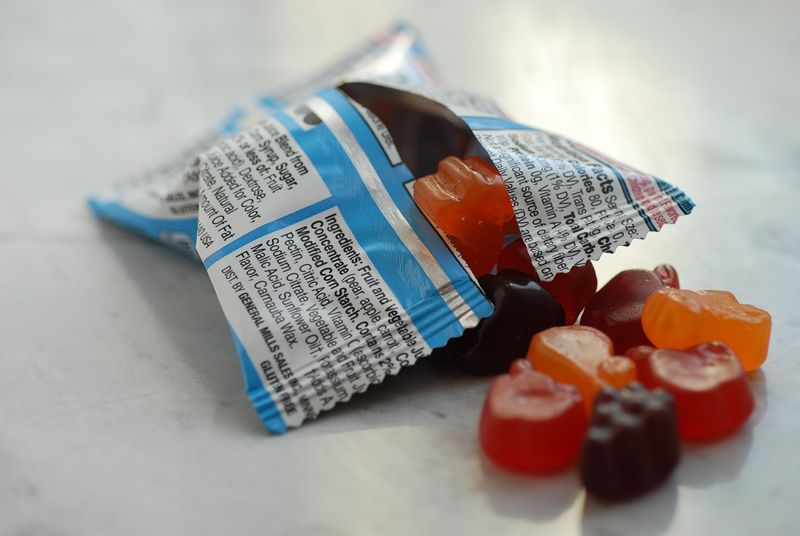
When a product is labeled as ‘fruit-flavored,’ it often means it contains artificial flavoring with no actual fruit content. This can mislead consumers looking for healthier snack options. Understanding the difference between fruit-flavored and fruit-based helps you make informed choices, prioritizing snacks with real nutritional value. Always check the ingredients list to ensure you’re consuming products with genuine fruit content. This knowledge assists in selecting genuinely nutritious foods over those marketed as healthy but lacking real benefits.
28. Hidden Sugar Names
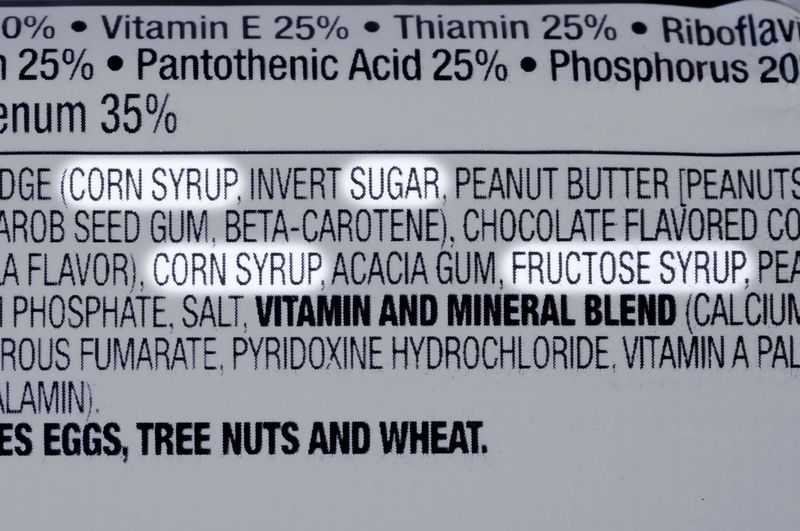
Sugar hides behind many names, from dextrose and maltose to agave and cane juice. This can make it difficult to recognize its presence in your food. Understanding these aliases helps you spot sugar in its many forms, empowering you to manage your sugar intake more effectively. By being aware of these disguises, you can make healthier choices and avoid unintended sugar consumption. This insight is key to navigating food labels and maintaining a balanced diet without falling into the trap of hidden sugars.
